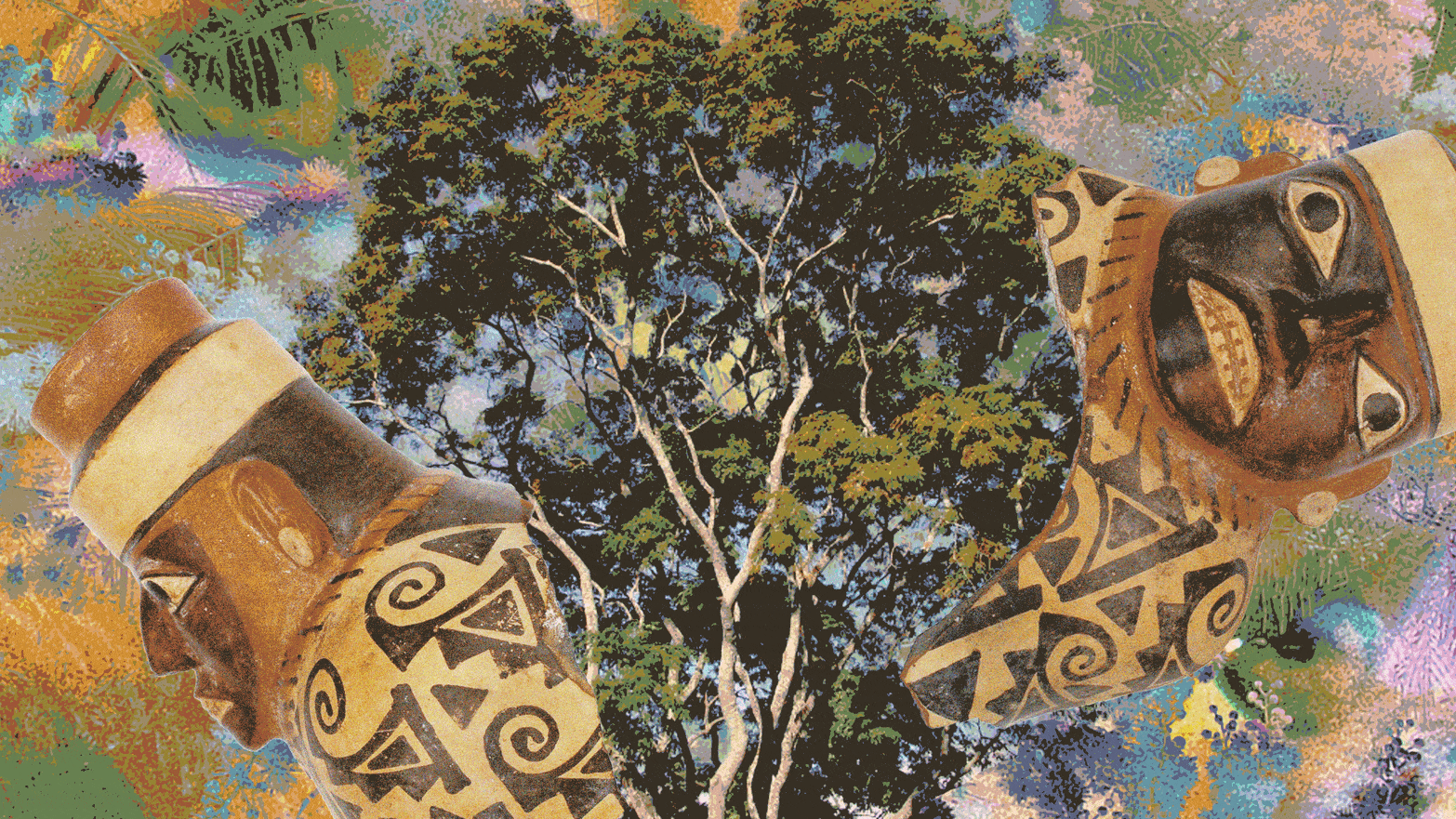
Over a thousand years ago, people in South America threw one hell of a rager—and showed Westerners how to mix and match their vices.
Throughout the Andes, stretching skyward from dry tropical rainforests, is an inconspicuous tree that can turn your mind euphoric. While the bark of the Anadenanthera colubrina, or vilca, can be used to make tea and its leaves are used for dye, it’s the thin, disc-like seeds within its flattened 13-inch-long pods that have captured people’s attention for 4,000 years. They’re filled with high levels of bufotenine, a potent hallucinogen similar to LSD.
To trip on vilca, modern and ancient people have smoked it or used it as an enema because you can’t just eat the seeds to get high. Enzymes in the gut neutralize the psychedelic effects of vilca when it’s ingested. But a new study published Wednesday in the journal Antiquity reveals that the Wari civilization that ruled the Peruvian Andes between 600 and 1,000 A.D. were perhaps the first to find a way to side-step this snag. The answer? They mixed their drugs with their beer, of course.
…
That’s not too surprising: There are plenty of modern studies that show how well psychedelics can bring people together thanks to their mood-enhancing effects. These qualities are a big reason why psychedelics are now being aggressively explored as a mental health therapeutic.
